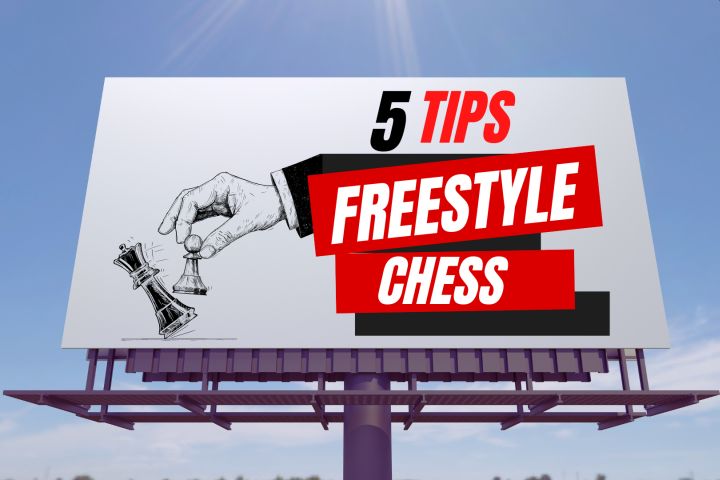1. Introduce the queen into the game early!
In normal chess, the queen is introduced almost automatically whenever the c/d/e-pawn move, which then open the way. However, the queen’s activity is of utmost importance in Freestyle, where the unorthodox position could easily result in displacement and even blockage of the queen’s path.
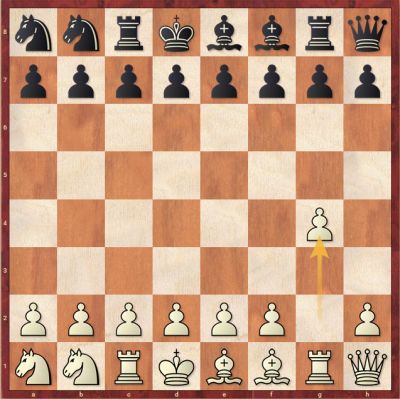
Carlsen was especially expressive in his choice of openings (with multiple Grobs!), and his final game demonstrated our first and fifth tips. The queen on h1, could have been sidelined for the game, and would have found it difficult if not for 1. g4 which was soon reciprocated by Fabiano.
2. Opening the position requires great care!
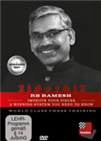 In this course, we will learn how to identify passively placed pieces in any given situation and how to improve their health by bringing them into active squares.
In this course, we will learn how to identify passively placed pieces in any given situation and how to improve their health by bringing them into active squares.With the uneven placement of the pieces (especially the kings), one has to be mindful as to which breaks to use to open up the position. Normally, Black has d7-d5 in some situations where White plays 1. e4, however, this can be especially tough.
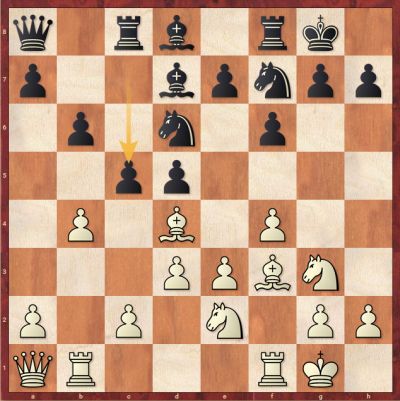
Black, after carefully manoeuvring and co-ordinating his pieces, plays 10…c5, to kick the white bishop away but also, bring all his pieces in the game. This proved to be very fruitful for Fabiano, as soon his bishops controlled the long diagonals as the position opened.
3. Knights before bishops?
Many have grown up hearing the advice to “develop knights before bishops”. But in Freestyle, it really depends on the position.
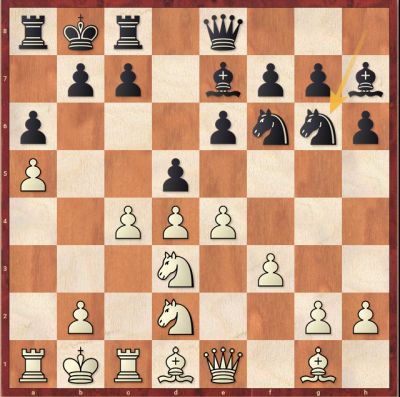
Here, after spending time in developing the knights, Black’s bishops now feel fully blocked! And the rather clumsy placement of the pieces certainly does not help. Firouzja went on to waste a few more moves, adjusting his minor pieces before trading the poor bishop on h7.
4. Coordinating rooks in a creative fashion!
Normally, we see the rooks getting castled, protecting the king and the back-rank, but in Freestyle, something different could be explored.
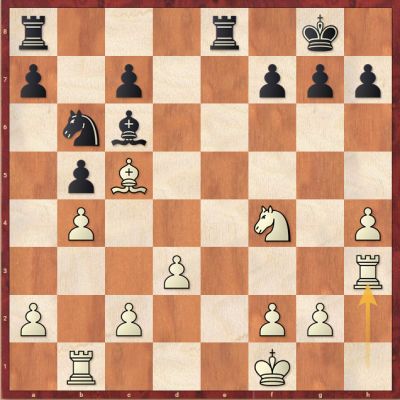
Abdusattorov played the astonishing h4, followed by Rh3 to quickly gain access to the e-file via Re3, which will enable White to double up and dominate.
5. Weak squares should be watched closely!
 Two Super Grandmasters from India explain the ins & outs of Attack, Tactics an Calculations in these two video courses.
Two Super Grandmasters from India explain the ins & outs of Attack, Tactics an Calculations in these two video courses.Weak squares include those around the king, as well as pawns and pieces which can be targeted. Take position 310:
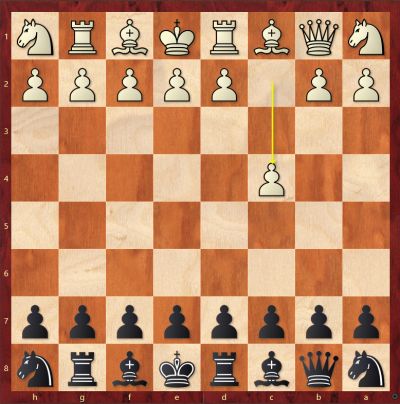
A harmless-looking move like c4, could result in Qxh7 if not paid attention to, which would then trap the rook, and lo and behold – you just lost a piece!
Okay, I do not want to make such mistakes. What should I do?
Start training with Fritz 19! It can help you with freestyle. It can help you to reduce mistakes! Let’s continue with position 310. Your opponent just played 1.c4, and you have no clue what to do (hypothetical).
There are two options:
- Play a move, after which the built-in coach will warn you (check my previous article on it), whether there is a better move which you missed.
- You can ask for a hint, for which the coach will tell you, a subtle idea, which can guide you into thinking in the correct direction.

And if you are still adamant and not able to figure it out, there are options for you! You can look at the attacking pieces, the attacked pieces and all the other pieces which are undefended. If you click on Fritz’s plan, it gives you an idea as to how to approach the position! Cool, isn’t it?
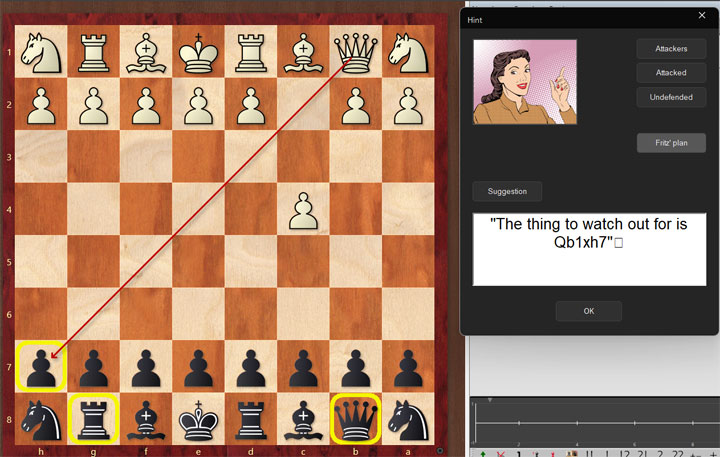
Stay tuned and until next time!
Between 2004 and 2007 the 13th World Champion Garry Kasparov recorded a large 3-volume Najdorf video course. ChessBase is publishing this great classic in a complete edition in the current ChessBase Media format. Look forward to this classic of chess!
